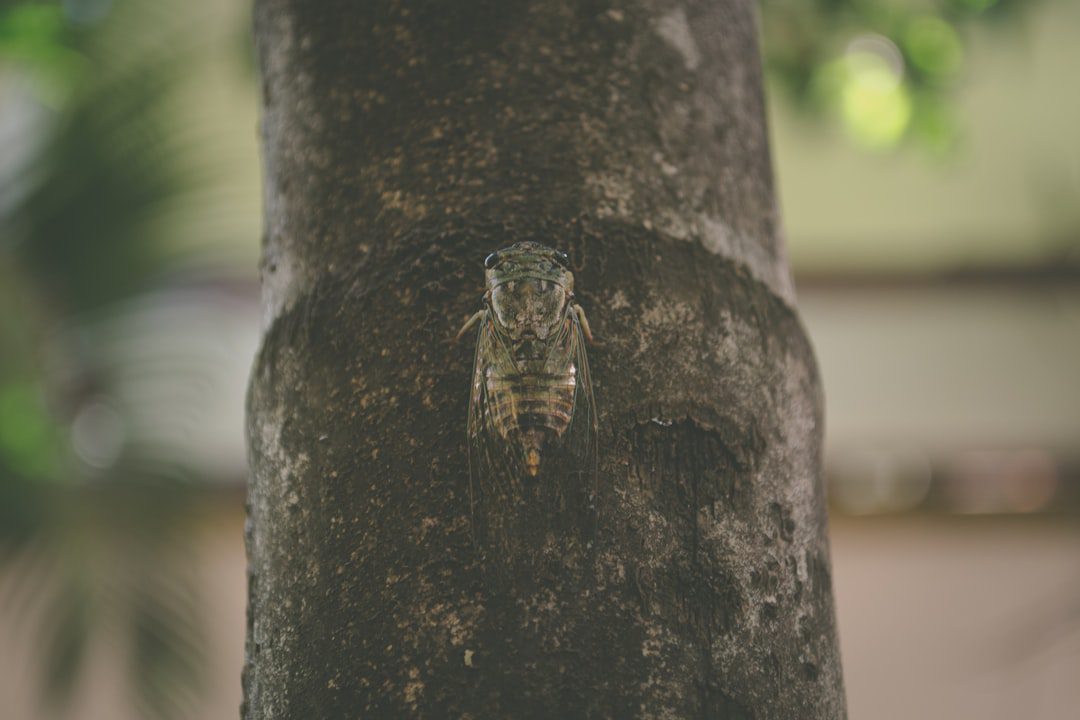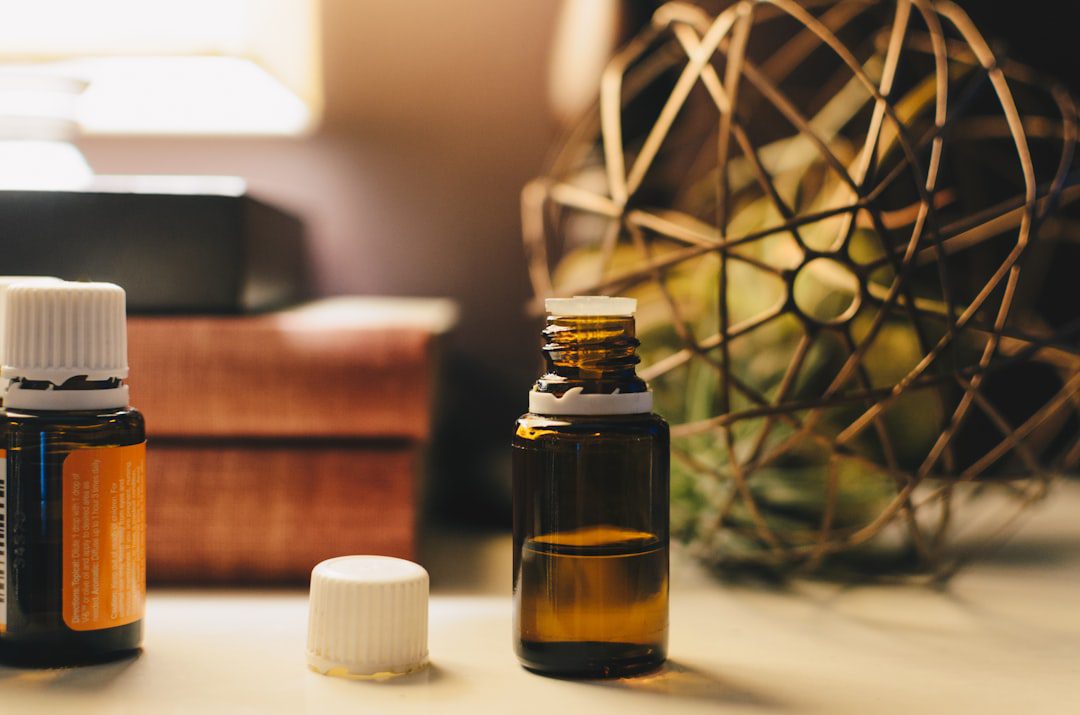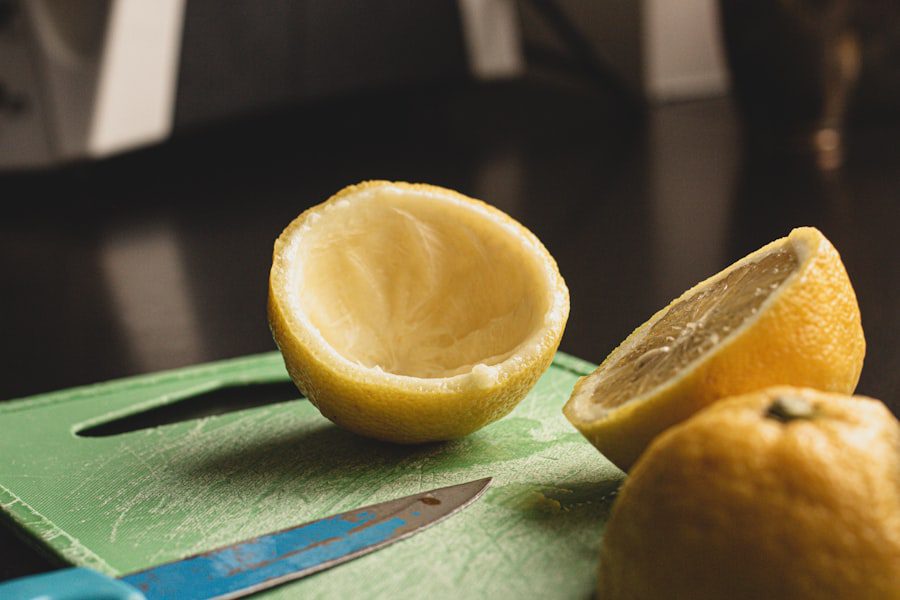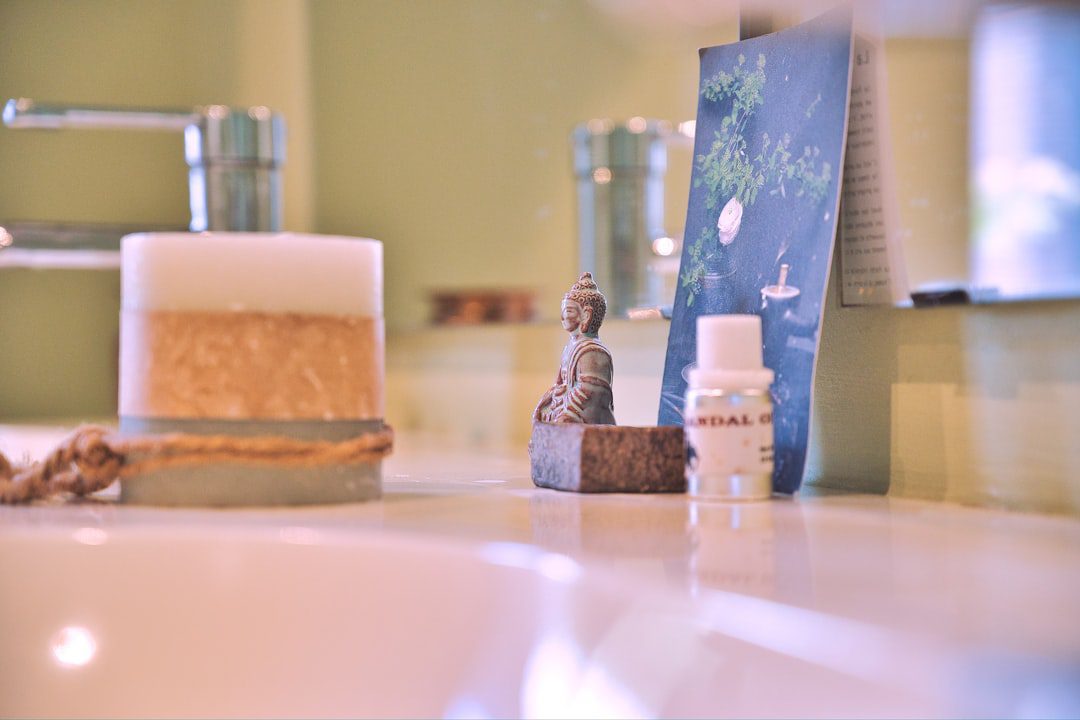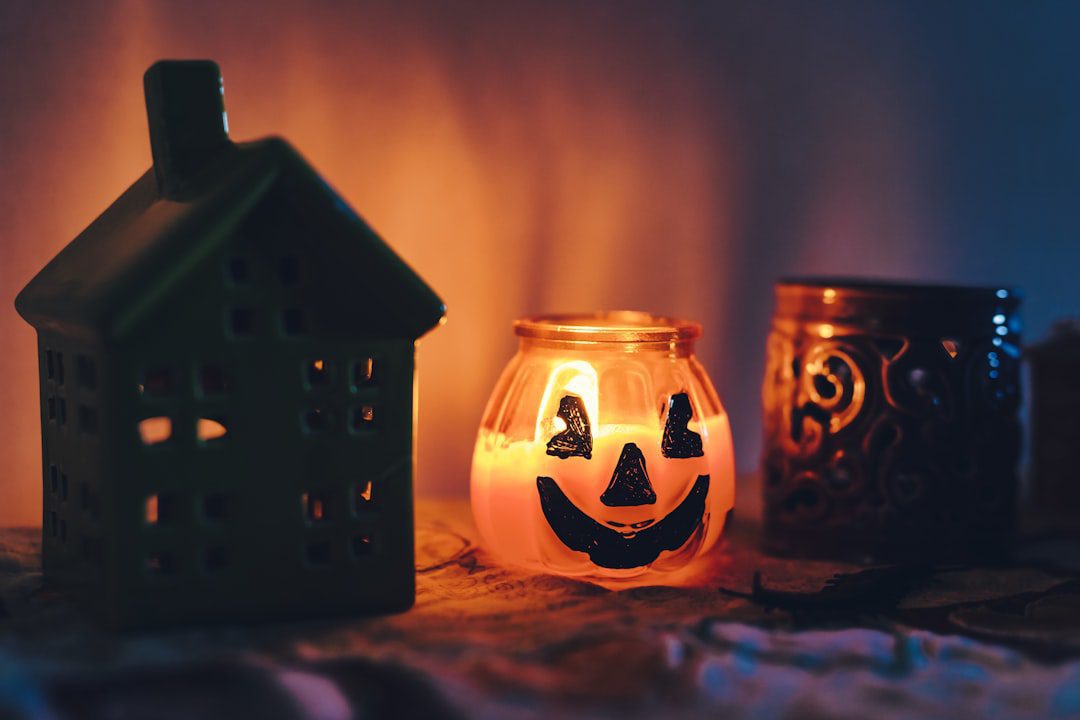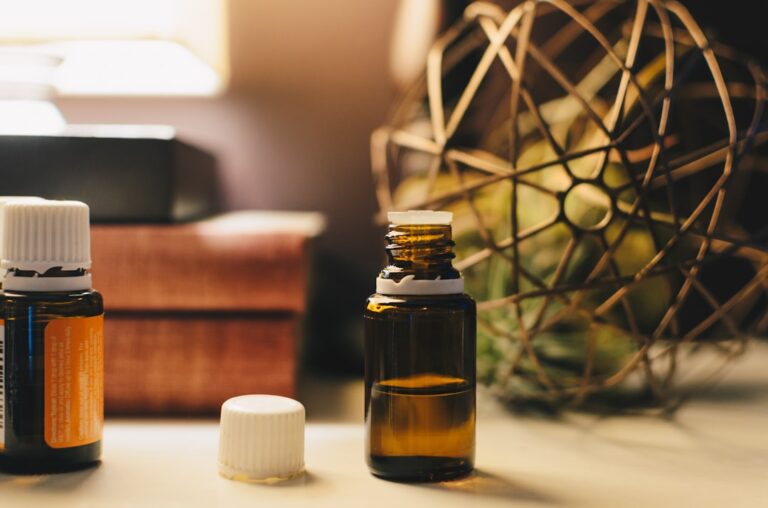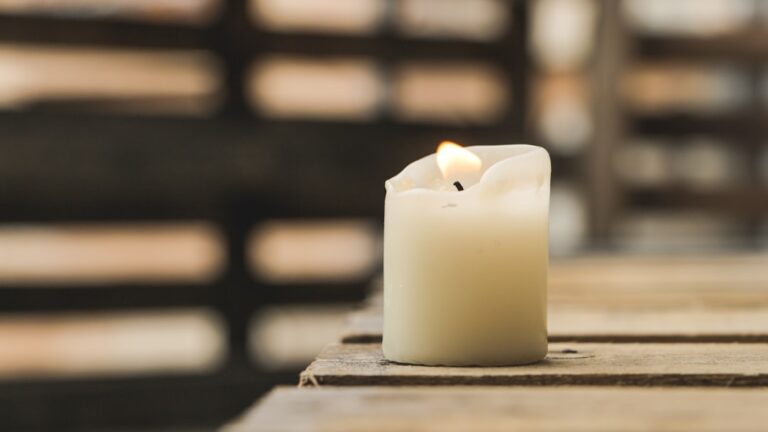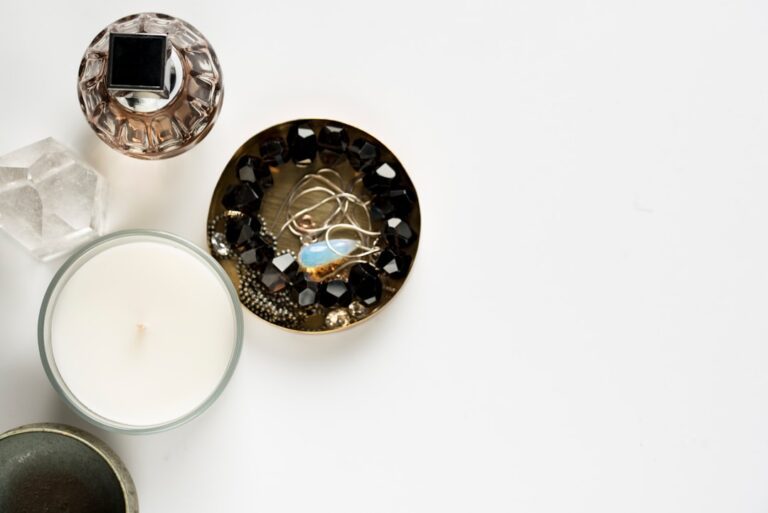Essential oil combinations to create energizing and uplifting candles.
Essential oils are concentrated extracts derived from various parts of plants, including leaves, flowers, stems, and roots. These oils capture the plant’s natural fragrance and therapeutic properties, making them popular in aromatherapy, cosmetics, and holistic health practices. The extraction methods, such as steam distillation or cold pressing, play a crucial role in determining the quality and potency of the essential oil.
Each oil possesses a unique chemical composition that contributes to its distinct aroma and potential health benefits. For instance, lavender oil is renowned for its calming effects, while peppermint oil is often associated with invigoration and mental clarity. The properties of essential oils can be broadly categorized into three main types: aromatic, topical, and internal.
Aromatic properties refer to the ability of essential oils to influence mood and emotions when inhaled. This is due to their interaction with the olfactory system, which is closely linked to the brain’s limbic system—the center for emotions and memory. Topical properties involve the application of diluted essential oils on the skin, where they can provide localized benefits such as soothing inflammation or alleviating muscle tension.
Internal properties, while less commonly recommended, pertain to the ingestion of certain essential oils for therapeutic purposes, which should only be done under professional guidance.
Key Takeaways
- Essential oils are highly concentrated plant extracts with various properties such as antibacterial, antiviral, and uplifting effects.
- When choosing essential oils for an energizing and uplifting effect, consider citrus oils like lemon and orange, as well as stimulating oils like peppermint and eucalyptus.
- Blending essential oils can create a balanced and pleasant aroma by combining top, middle, and base notes for a well-rounded scent.
- When creating essential oil candles, ensure safety by using proper candle-making materials and following guidelines for dilution and usage of essential oils.
- DIY recipes for energizing and uplifting candle combinations can include blends like lemon and peppermint, or grapefruit and rosemary for a refreshing and invigorating scent.
Choosing the right essential oils for an energizing and uplifting effect
When selecting essential oils for an energizing and uplifting effect, it is essential to consider the specific characteristics of each oil. Citrus oils, such as lemon, orange, and grapefruit, are particularly effective in promoting feelings of joy and vitality. Their bright, zesty aromas can stimulate the senses and enhance mood, making them ideal choices for creating an uplifting atmosphere.
For example, lemon essential oil is often used in diffusers to invigorate a space and promote mental clarity, while sweet orange oil can create a cheerful ambiance that encourages positivity. In addition to citrus oils, other essential oils like peppermint and rosemary are known for their stimulating properties. Peppermint oil has a refreshing scent that can help increase alertness and concentration.
It is often used in workplaces or study environments to combat fatigue and enhance cognitive function. Rosemary oil, on the other hand, is associated with memory enhancement and mental clarity. Its herbaceous aroma can help clear mental fog and promote focus, making it an excellent addition to any energizing blend.
By combining these oils thoughtfully, one can create a powerful synergy that not only uplifts the spirit but also enhances productivity.
Blending essential oils for a balanced and pleasant aroma
Creating a harmonious blend of essential oils requires an understanding of their individual notes—top, middle, and base notes—which contribute to the overall scent profile. Top notes are the initial scents perceived when an oil is first applied; they are typically light and volatile. Citrus oils often fall into this category.
Middle notes provide balance and body to the blend; they are usually more robust and longer-lasting. Oils like lavender or geranium serve as excellent middle notes due to their floral characteristics. Base notes are rich and grounding; they linger longer than other notes and add depth to the blend.
Oils such as cedarwood or patchouli exemplify this category. To achieve a well-rounded aroma, it is advisable to follow a general guideline when blending: use approximately 30% top notes, 50% middle notes, and 20% base notes. This ratio ensures that the blend is not overly dominated by any single note while allowing each component to shine through.
For instance, a refreshing blend could consist of lemon (top note), lavender (middle note), and cedarwood (base note). This combination not only provides an uplifting scent but also promotes relaxation through the calming properties of lavender while grounding the blend with cedarwood.
Tips for creating a safe and effective essential oil candle
Crafting essential oil candles requires careful attention to safety and effectiveness to ensure a pleasant experience. First and foremost, it is crucial to use high-quality essential oils that are pure and free from synthetic additives or fillers. This ensures that the therapeutic properties of the oils are preserved and that they burn cleanly without releasing harmful chemicals into the air.
Additionally, selecting a suitable wax is vital; natural waxes like soy or beeswax are preferable as they burn more cleanly than paraffin wax. When making candles, it is important to consider the appropriate ratio of essential oils to wax. A general guideline is to use about 6-10% essential oil by weight relative to the wax used.
This ensures that the scent is strong enough to be noticeable without overwhelming or irritating those nearby. Furthermore, incorporating a wick made from natural materials such as cotton or wood can enhance the candle’s performance by providing a steady flame that burns evenly. Proper wick sizing is also critical; a wick that is too small may not produce enough heat to melt the wax adequately, while one that is too large may burn too quickly or produce excessive soot.
DIY recipes for energizing and uplifting candle combinations
Creating your own energizing and uplifting essential oil candles can be both fun and rewarding. One simple recipe involves combining lemon essential oil with peppermint and rosemary for a refreshing blend. To make this candle, melt 1 cup of soy wax in a double boiler until fully liquefied.
Once melted, remove it from heat and allow it to cool slightly before adding 20 drops of lemon oil, 10 drops of peppermint oil, and 10 drops of rosemary oil. Stir gently to combine before pouring the mixture into a prepared container with a wick secured at the center. Allow the candle to cool completely before trimming the wick to about 1/4 inch above the wax surface.
Another invigorating recipe features sweet orange essential oil blended with eucalyptus and spearmint for a bright and revitalizing aroma. Begin by melting 1 cup of beeswax in a double boiler until fully melted. Once melted, remove from heat and let it cool slightly before adding 15 drops of sweet orange oil, 10 drops of eucalyptus oil, and 10 drops of spearmint oil.
Stir well to ensure even distribution of the oils throughout the wax before pouring it into your chosen container with a wick in place. Allow it to set completely before lighting your new candle for an uplifting experience.
Other ways to enjoy the benefits of essential oil blends
While candles are a popular method for enjoying essential oils, there are numerous other ways to incorporate these aromatic compounds into daily life. Diffusers are an excellent alternative; they disperse essential oils into the air using water or heat, allowing for continuous fragrance throughout a room. Ultrasonic diffusers use vibrations to create a fine mist of water mixed with essential oils, providing both humidification and aromatherapy benefits without altering the chemical composition of the oils.
Another method involves creating personal inhalers or roll-on blends for on-the-go use. These portable options allow individuals to carry their favorite scents with them wherever they go. To create an inhaler, simply add several drops of your chosen essential oil blend onto cotton wicks placed inside an inhaler tube.
For roll-ons, mix essential oils with a carrier oil like jojoba or fractionated coconut oil in a small glass roller bottle for easy application on pulse points such as wrists or behind the ears.
Precautions and considerations when using essential oils in candles
While essential oils offer numerous benefits when used in candles, certain precautions must be taken to ensure safety during use. First and foremost, individuals should be aware of potential allergies or sensitivities to specific essential oils before incorporating them into their candles. Conducting a patch test by applying diluted oil on a small area of skin can help identify any adverse reactions prior to widespread use.
Additionally, some essential oils are phototoxic—meaning they can cause skin irritation when exposed to sunlight after application—so caution should be exercised when using these oils in candles intended for use in sunlit areas. Oils such as bergamot or lemon should be avoided in such situations unless they have been distilled specifically for candle-making purposes. Proper ventilation is also crucial when burning candles infused with essential oils; ensuring adequate airflow helps prevent buildup of potentially harmful compounds released during combustion.
It is advisable to keep candles away from drafts or open windows while burning them to maintain an even burn and prevent soot accumulation.
Enjoying the benefits of energizing and uplifting essential oil candles
The world of essential oils offers a vast array of possibilities for enhancing well-being through scent. By understanding their properties and selecting appropriate blends for energizing effects, individuals can create delightful candles that uplift their spirits while providing therapeutic benefits. The art of blending allows for creativity in crafting unique aromas tailored to personal preferences.
As one explores various methods of incorporating essential oils into daily life—be it through candles, diffusers, or personal inhalers—the importance of safety cannot be overstated. By adhering to best practices regarding quality ingredients and proper usage guidelines, individuals can fully enjoy the myriad benefits that these aromatic compounds have to offer while creating an inviting atmosphere in their homes or workplaces.
If you’re looking to create energizing and uplifting candles using essential oils, you may also be interested in learning how to dye candle wax with food coloring. This article from Crafters Buzz provides a step-by-step guide on how to add color to your candles using ingredients you may already have in your kitchen. Experimenting with different colors can add a fun and personalized touch to your candle-making process. Be sure to check out their shop for all your candle-making supplies, and also consider making DIY citronella candles for a bug-free summer using essential oils from their website.
FAQs
What are essential oils?
Essential oils are natural, aromatic compounds found in the seeds, bark, stems, roots, flowers, and other parts of plants. They are extracted through processes like distillation or cold pressing and are highly concentrated.
How can essential oils be used in candles?
Essential oils can be added to the wax when making candles to create scented candles. When the candle is burned, the heat releases the aroma of the essential oils, filling the room with a pleasant fragrance.
What are energizing and uplifting essential oils?
Energizing and uplifting essential oils are those that are known for their stimulating and mood-boosting properties. These oils can help to increase alertness, improve focus, and elevate mood.
What are some essential oil combinations for energizing and uplifting candles?
Some popular essential oil combinations for energizing and uplifting candles include:
– Peppermint and Eucalyptus
– Lemon and Rosemary
– Orange and Ginger
– Grapefruit and Bergamot
– Lemongrass and Spearmint
Are there any safety precautions to consider when using essential oils in candles?
It is important to use essential oils in candles in moderation, as they are highly concentrated. Some essential oils can also be irritating to the skin or mucous membranes, so it’s important to handle them with care and follow proper dilution guidelines. Additionally, always follow the recommended guidelines for candle-making and use caution when burning candles.

